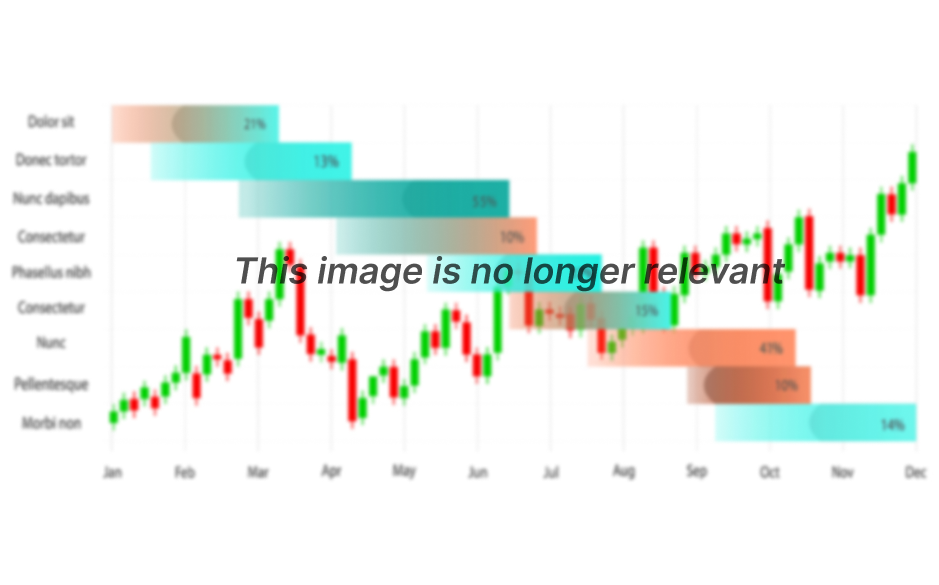4-hour timeframe
Technical details:
Higher linear regression channel: direction - upward.
Lower linear regression channel: direction - downward.
Moving average (20; smoothed) - downward.
CCI: -145.4065
The British pound, paired with the US dollar, continues to decline, and it seems that market participants are more afraid of a new wave of "coronavirus" in the UK. However, more on this later. At the moment, the quotes of the pound/dollar pair continue to be in a downward movement and are located below the moving average line. Thus, our forecast remains valid now, according to which the price may fall to the area of 1.3600–1.3666. However, we also remind you that this scenario is mainly supported by the global technical factor, which assumes another round of corrective movement on the 24-hour timeframe. However, certain fundamental factors put pressure on the pound. Macroeconomic statistics from the Foggy Albion have also not been very encouraging lately. For example, the GDP indicator for the first quarter showed not just a "minus," but a greater "minus" than experts predicted. Therefore, so far, the entire recovery of the British economy is only in the speeches of British politicians and representatives of the Bank of England. However, it is no secret that the British economy has been stalling for several quarters in a row, as well as the European one. It has been known for a long time, so we do not believe that the pound is currently declining because the British economy is recovering very slowly.
But the "coronavirus" factor should harm the quotes of the British currency. Recall that some representatives of the Bank of England have started talking about raising the rate and curtailing the quantitative stimulus program over the past few months. At the last two meetings, even one member of the monetary committee voted for reducing the QE program. At the same time, it is very difficult to say based on what such statements were made since the British economy does not yet show clear signs of recovery. Perhaps the British government and the central bank are assessing the economic recovery more quickly than we can learn from the usual macroeconomic statistics. Maybe they have access to more up-to-date information. However, let's evaluate the state of the British economy solely based on macroeconomic statistics. It generally becomes unclear on what basis the talks about raising the rate and curtailing QE began if six months ago BA was actively considering the possibility of reducing the rate to a negative area? The latest GDP report showed a decline of 1.6%. Currently, quarantine measures have been extended in the UK until July 19. Given the number of new coronavirus cases, it's time to start talking about a new "lockdown" and a new "wave" of the pandemic and not about curtailing monetary stimulus.
It is the "coronavirus" that is now causing the greatest fears among traders and casts doubt on the further recovery of the British economy, which has just begun. The fact is that over the past day, 26 thousand cases of infection have been recorded in the UK. And this is even though 85% of the adult population has already received at least one dose of the vaccine, and 62% - both. It is also reported that one of the new strains of the "coronavirus" called "delta" (or "lambda") is actively spreading in the UK, which may be more resistant to vaccines and more contagious. And 26 thousand cases of diseases per day indicate the beginning of the second wave of the epidemic, which began last fall. Now it is quite possible to talk about the "third" wave of the pandemic, which in its scale may be no less strong than the second. Recall that in the first two months of the second "wave" in the UK, 25-30 thousand cases of the disease were recorded per day. Thus, given the new data, it is unlikely that all quarantine measures will be lifted in the country on July 19, as Boris Johnson stated earlier.
On the contrary, the country may face a new tightening of quarantine. Everything will depend on how quickly the virus will continue to spread and how many cases of its strains will be recorded among the already vaccinated Britons. For example, Christine Lagarde noted in her last speech that new virus strains pose a severe threat to the economy. At the same time, no politician or economist has stated that when the entire population (of the European Union or Britain) is vaccinated, there will be nothing more to fear. The virus will likely be able to infect even vaccinated people. Moreover, according to the WHO, the virus can become a companion of humanity for many years and decades.
At the same time, news came from the Bank of England, where Andy Haldane said that inflation could exceed the 3% predicted by the Bank of England by the end of the year and reach 4%, as well as that the regulator needs to start acting in order not to let inflation get out of control. And just the next day, the chairman of the Bank of England, Andrew Bailey, said that the markets should not react too sharply to the increase in inflation since it is likely to be temporary. Andrew Bailey said that the reasons why the Bank of England believes that the rise in inflation will be temporary are "well-founded and convincing." Andrew Bailey also assured that if the regulator feels that inflation is getting out of control, it will immediately use monetary policy tools to restrain further growth. Thus, we also draw attention to the fact that certain disagreements have arisen between some monetary committee members on the issue of monetary policy. However, Andy Haldane will leave his post in the near future and will no longer take part in meetings. Nevertheless, from our perspective, the Bank of England has something to worry about now, and there can be no talk of curtailing the quantitative stimulus program now. If the BA starts to "extinguish" inflation, this will also lead to a weakening of the economic recovery.

The average volatility of the GBP/USD pair is currently 69 points per day. For the pound/dollar pair, this value is "average." On Friday, July 2, we expect movement inside the channel, limited by the levels of 1.3696 and 1.3834. The upward reversal of the Heiken Ashi indicator will signal a new round of corrective movement.
Nearest support levels:
S1 – 1.3763
S2 – 1.3733
Nearest resistance levels:
R1 – 1.3794
R2 – 1.3824
R3 – 1.3855
Trading recommendations:
The GBP/USD pair continues its downward movement on the 4-hour timeframe. Thus, today, it is recommended to sell orders with targets of 1.3733 and 1.3696 until the the Heiken Ashi indicator turns up. Buy orders should be opened if the price is fixed above the moving average, with targets of 1.3916 and 1.3947.













